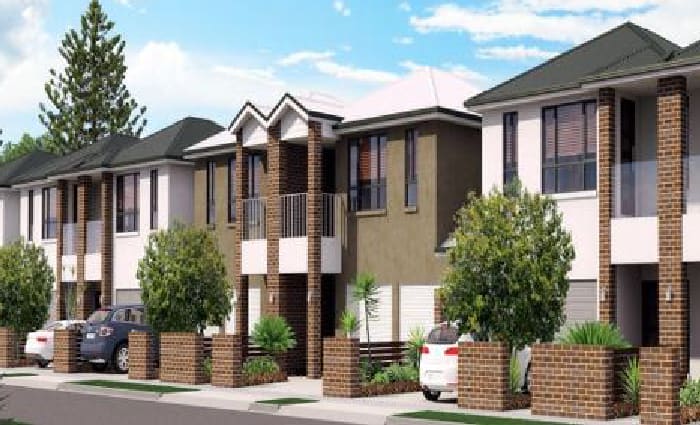Medium density development numbers add up: Jo Chivers
This week I had the opportunity to run the numbers on an eleven unit development project.
Normally, Property Bloom clients ask us to source lower density developments such as dual occupancies or three to four unit developments. Whilst crunching the numbers on this big boy, I started to wonder how many smaller projects we'd need to complete to achieve a similar financial outcome. The answer surprised me.
What do you need to consider when looking at a medium density development project?
By the way, density is a measurement used to work out how many dwelling can be built within a particular zoning. In NSW, a medium density zone is defined as 20-40 dwellings per hectare.
1. Finance. Investors can be afraid of jumping from a residential loan to a commercial/development funding and believe that banks will generally lend on three-four unit projects under residential lending. There are a few myths around this. If you have a good relationship manager at your bank, your finances are in good order and you present a larger project to them in a professional way, they will consider it. Also, people assume the commercial funding is going to be more expensive and it can be, but there are lenders out there with very competitive rates. It's imperative to use an experience commercial financier when seeking these loans.
2. Risk. Generally larger development projects are assumed to carry more risk. Assessment of risk is different for everyone but it really comes down to the bottom line. How much profit is there in the project and is it sufficient to take on the risk? How accurate is the research and cost estimates being used? What are the current market conditions and are they likely to change anytime soon? This will determine exactly how risky it may be or may not be.
3. People. A good team is imperative. Because if you don't have a trusted team, you'll be testing the experience and efficiency of these people on a larger scale. If they let you down, you will feel it! Having a proven track record with your team, particularly your builder when embarking on a large scale development, is critical.
So just how did we find this development site? One of our clever project managers has a great skill. She communicates extremely well and is a very nice person. She was chatting to one of the property owners in this street and ended up negotiating with this man and his neighbour who both owned large lots in this suburb of Newcastle. It wasn't long before she'd secured their adjoining properties under an Option Agreement.
One of the main benefits of this agreement is that there are no holding costs until we are ready to build next year. During this period we manage the design and planning process of the project, so construction can commence upon settlement of the land.
The site is located six minutes drive from the main hospital, twenty minutes from the CBD and ten minutes from the university. There are local shops with a nice cafe, three schools in walking distance, an aquatic centre, gym and a number of parks and sporting fields, making it a very popular with the locals.
Our research tells us that there is strong rental and resale demand.
I thought I'd share with you the numbers on this medium density, eleven unit project as they are looking quite good:
Land cost: $1,040,000
Stamp Duty and acquisition costs: $45,000
Estimated consultant and council fees and charges: $86,000
Estimated build costs including contingency: $2,640,000
Option fee: $120,000
Miscellaneous/other costs: $30,000
Estimated total costs: $3,961,000
Estimated end values 11 x 3 bedroom townhouses: $4,840,000
Estimated weekly rental per townhouse $450 per week
Looking at the numbers, there is opportunity to create equity of $879,000. This is before we apply a project management fee which we will discuss with the purchaser. So the developer's margin at this stage is 22%. The purchaser also needs to include holding costs during the six month construction period. There is scope to increase the equity with playing with the design and looking at other configurations such as including a four bedroom home. We've purposely kept our estimated end value conservative.
In comparison, a typical dual occupancy project will create around $130,000 in equity at a total cost of $740,000. That's a 17.6% margin. That's not too bad and many of our clients come back to do another one. But you'd need to complete about seven dual occs to achieve a similar equity position as the eleven unit project.
It's interesting to compare the numbers and whilst a larger development is not for everyone, we are excited to be able to offer something different. So, if you are ready to sink your teeth into a large project and have sought professional financial advice, then we've done a lot of the hard work for you.
Jo Chivers is Chief Executive Officer of property development project managers Property Bloom.
